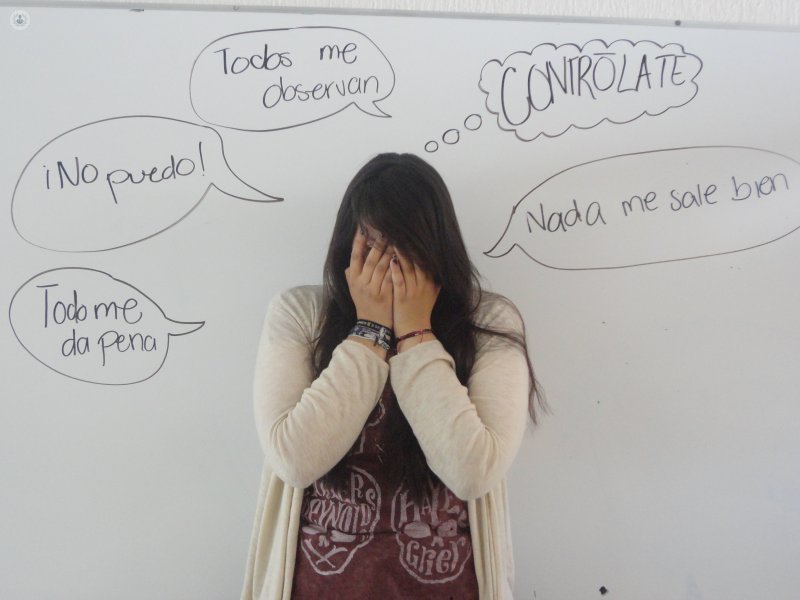Coping with phobias
Written by:Phobias are anxiety disorders characterized by fear / intense / a persistent, irrational and disproportionate / aa objects or situations anxiety (attributes irrational and disproportionate may have personal and cultural nuances that must be assessed by the specialist in Psychiatry ).
As a defense mechanism, people develop avoidance behavior to the stimulus.
It is important to treat phobias as they may interfere in daily life and in the world of social relations.
Types of phobias
There are different types of phobias, but is more a way of nominating them as the essence of the concept of them all is the same: "intense and persistent fear against something."
We can distinguish the following:
- Specific phobias , or intense fear of an object, circumstance or situation: phobias of animals, natural or artificial environments (heights, storms ...) (hospitals).
- Social anxiety disorder or intense fear regarding social situations for fear of a possible scrutiny by others.
- Agoraphobia or intense fear of situations involving a difficulty flee or assistance (public transport, open and closed places, queues or being in a crowd).
Causes of phobia
The ability to feel fear is innate to all human beings. The phobic disorder occurs when you move an anxiety response to a stimulus that really can not hurt. To avoid feeling fear unrest will grow gradually strengthened.
Symptoms of phobia
Palpitations, sweating, inner restlessness, shortness of breath, tremors, tingling, panic attacks, etc.: to the feared situations characteristic symptoms of anxiety are triggered
Coping with phobias
With repeated and gradual exposure to the feared stimulus we seek to reduce anxiety and avoidance. Cognitive behavioral therapy or stops neutralizes negative thoughts that hinder exposure to the stimulus.
Other techniques increasingly are used hypnosis and EMDR.
Furthermore, pharmacology is used to control anxiety.
In social anxiety disorder are useful antidepressants and anxiolytics, which reduce the symptoms of adrenaline that causes fear as flushing, hand tremor, voice and sweating.



